1、概述
源码放在文章末尾
该项目基于QTabWidget和QTabBar实现了灵活的标签工具栏,主要包含如下功能:
1、标签栏可以收起,可以展开
2、可以在标签栏中添加新的标签界面
3、可以从标签工具栏中把界面拖出来,也可以拖回去
4、关闭拖出来的界面会自动回到标签工具栏
5、可以调换标签工具栏中界面的顺序
项目demo演示如下所示:

使用方式:
1、创建标签栏对象
TabBarPlugin* tabBarPlugin = new TabBar();
2、把标签栏放入布局
ui.centralWidget->layout()->addWidget(tabBarPlugin->getWidget());
3、在标签栏中添加多个界面
tabBarPlugin->addWidget(widget1, "testDemo1", QIcon());
tabBarPlugin->addWidget(widget2, "testDemo2", QIcon());
tabBarPlugin->addWidget(widget3, "testDemo3", QIcon());
项目部分代码如下所示:
#pragma once
#include <QTabWidget>
//#include "ui_CustomTabWidget.h"
#include "CustomTabBar.h"
/**
* @brief 自定义TabWidget
* @details setTabBar为protected接口,要修改tabbar就得继承下
* 如果标签页关闭后会释放
* 因此只需要删除tab不关闭窗口时需要调用 remove,clear
* 因此需要删除tab同时关闭窗口时需要调用 close
*
* 保存弹出的widget指针,因为弹出的窗口有时候不会关闭,可能会导致重复添加
* 在窗口弹出的时候添加到m_QLPopedPage,在窗口恢复以及关闭的时候从m_QLPopedPage移除
* 当删除标签页的时候,判断是否为弹出的,弹出的不删除
* 当添加标签页的时候,判断是否为弹出的,弹出的不添加
*
* If the tab is closed, it will be released
* You only need to delete the tab without closing the window. You need to call remove, clear
* When you need to delete the tab and close the window, you need to call close
*
* Save the pop-up widget pointer, because the pop-up window will not be closed sometimes, which may lead to repeated addition
* Add to m_QLPopedPage when the window pops up, and remove from m_QLPopedPage when the window restores and closes
* When deleting a tab, judge whether it is pop-up, and the pop-up will not be deleted
* When adding a tab, judge whether it is pop-up, and do not add the pop-up
*
*/
class CustomTabWidget : public QTabWidget
{
Q_OBJECT
public:
CustomTabWidget(QWidget *parent = nullptr);
~CustomTabWidget();
public:
// add a page
int addTab(QWidget* page);
int addTab(QWidget* page, const QString&);
int addTab(QWidget* page, const QIcon& icon, const QString& windowTitle);
//Add a page that cannot be closed and dragged out
//appendNormalPage+setFixedPage
void addFixedTab(QWidget* page);
//void addFixedTab(QWidget* page, const QString&);
//Set that a page cannot be closed and dragged out
void setFixedTabPage(QWidget* page);
void setFixedTabPage(int index);
// Remove a page and do not close it
void removeTab(QWidget* page);
void removeTab(int index);
// Remove current page
void removeCurrentTab();
//Clear all pages (no include fixed pages), only the tabs on the tabbar will be cleared, and the pop-up will not be cleared
void clearTab();
//Clear all pages (include fixed pages), only the tabs on the tabbar will be cleared, and the pop-up will not be cleared
void clearAllTab();
// tab is valid
bool isTabPageValid(int index) const;
bool isTabPageValid(QWidget* page) const;
// Check whether a page has popped up
//bool isTabPagePoped(int index) const;
bool isTabPagePoped(QWidget* page) const;
// Move a page from the tab and record the widget pointer to the pop-up list
void popTab(QWidget* page);
// Pop up a page and create a new window to place the widget
void popPage(QWidget* page);
// Set whether the label can be closed, and connect the signal and slot when it can be closed
void setTabsClosable(bool flag);
signals:
void updateTabWidgetPage(QTabWidget*);
private slots:
void isDialogIntoTabBar(QPoint point, QDialog* dialog);
protected:
void showEvent(QShowEvent* event);
void mousePressEvent(QMouseEvent* event) override;
void mouseMoveEvent(QMouseEvent* event) override;
private:
CustomTabBar* m_pBar = nullptr;
void initTabBar();
private:
//Ui::CustomTabWidgetClass ui;
// Save tab pages that cannot be dragged out (such as home page)
QList<QWidget*> m_QLfixedPage;
// Save the dragged tab
QList<QWidget*> m_QLPopedPage;
};


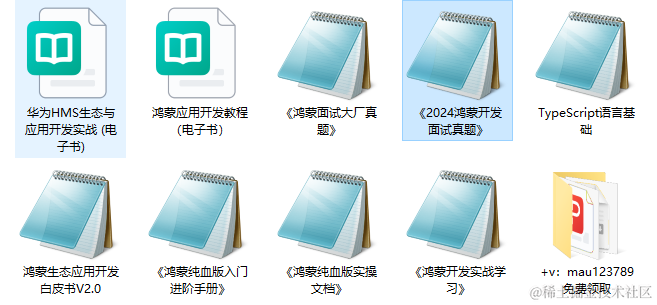
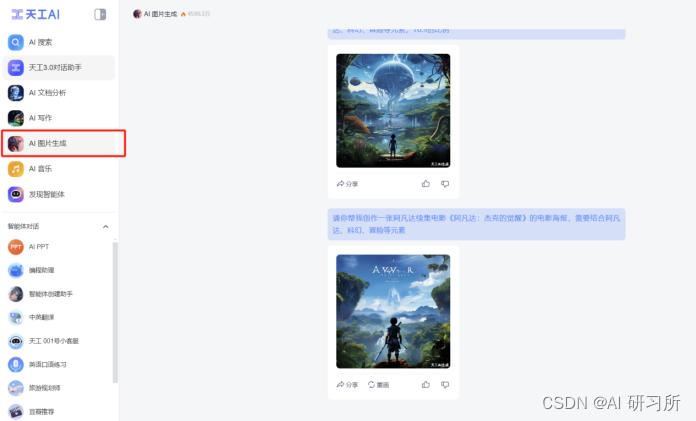

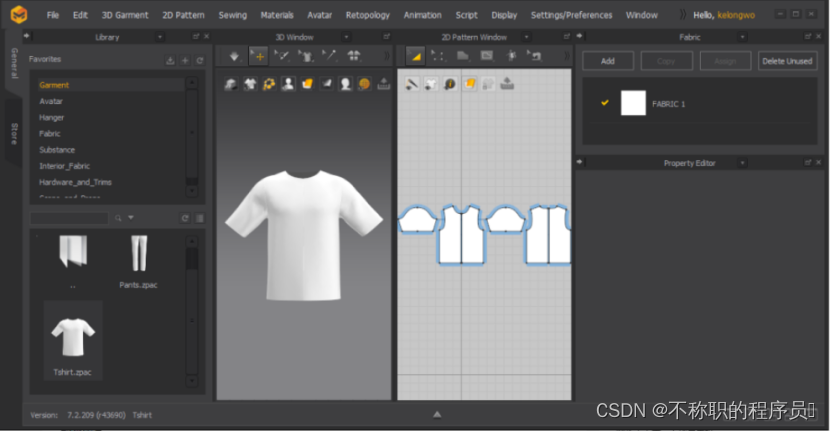

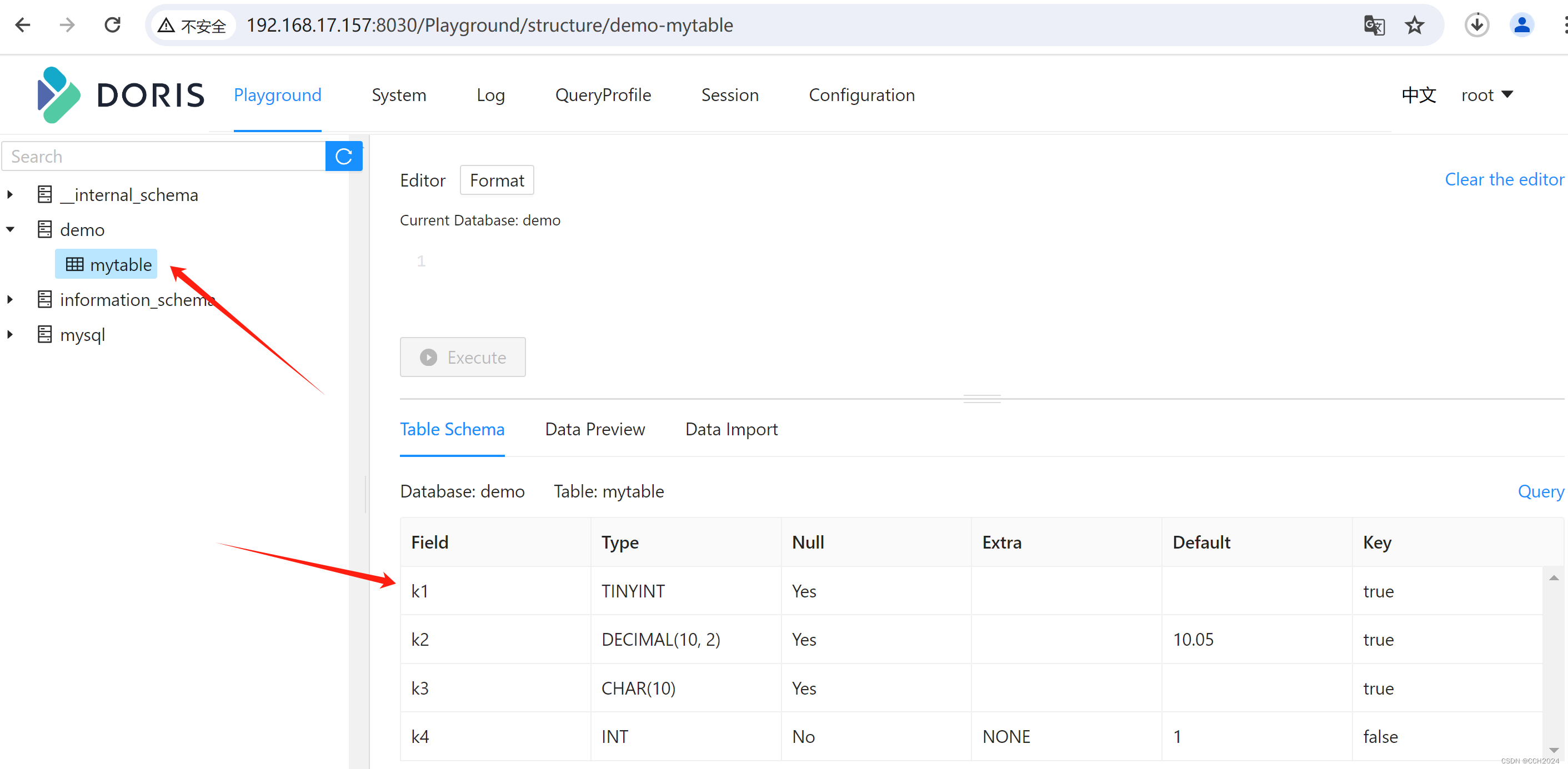
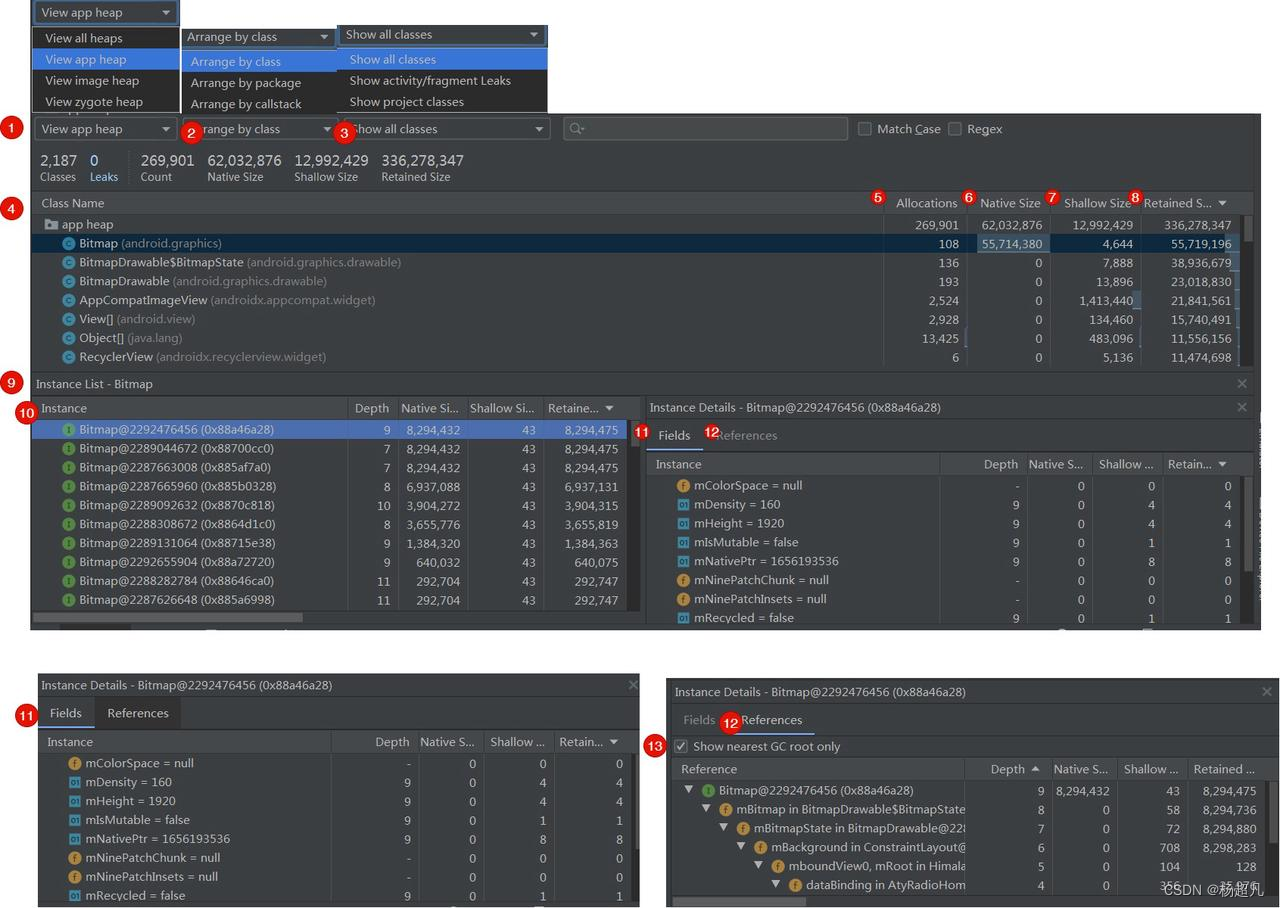

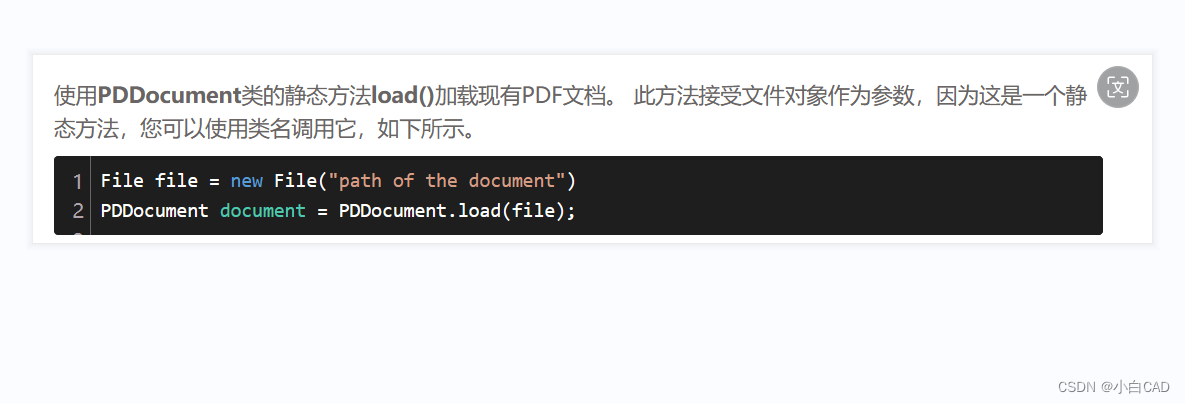

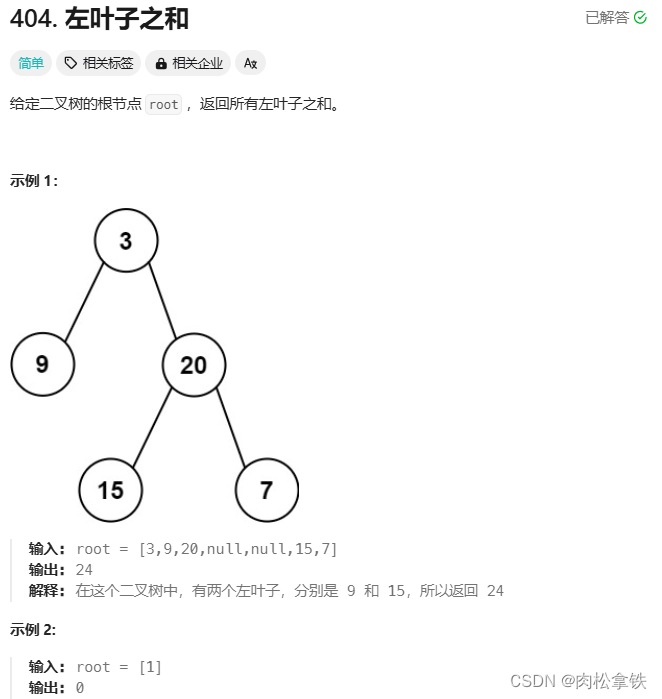



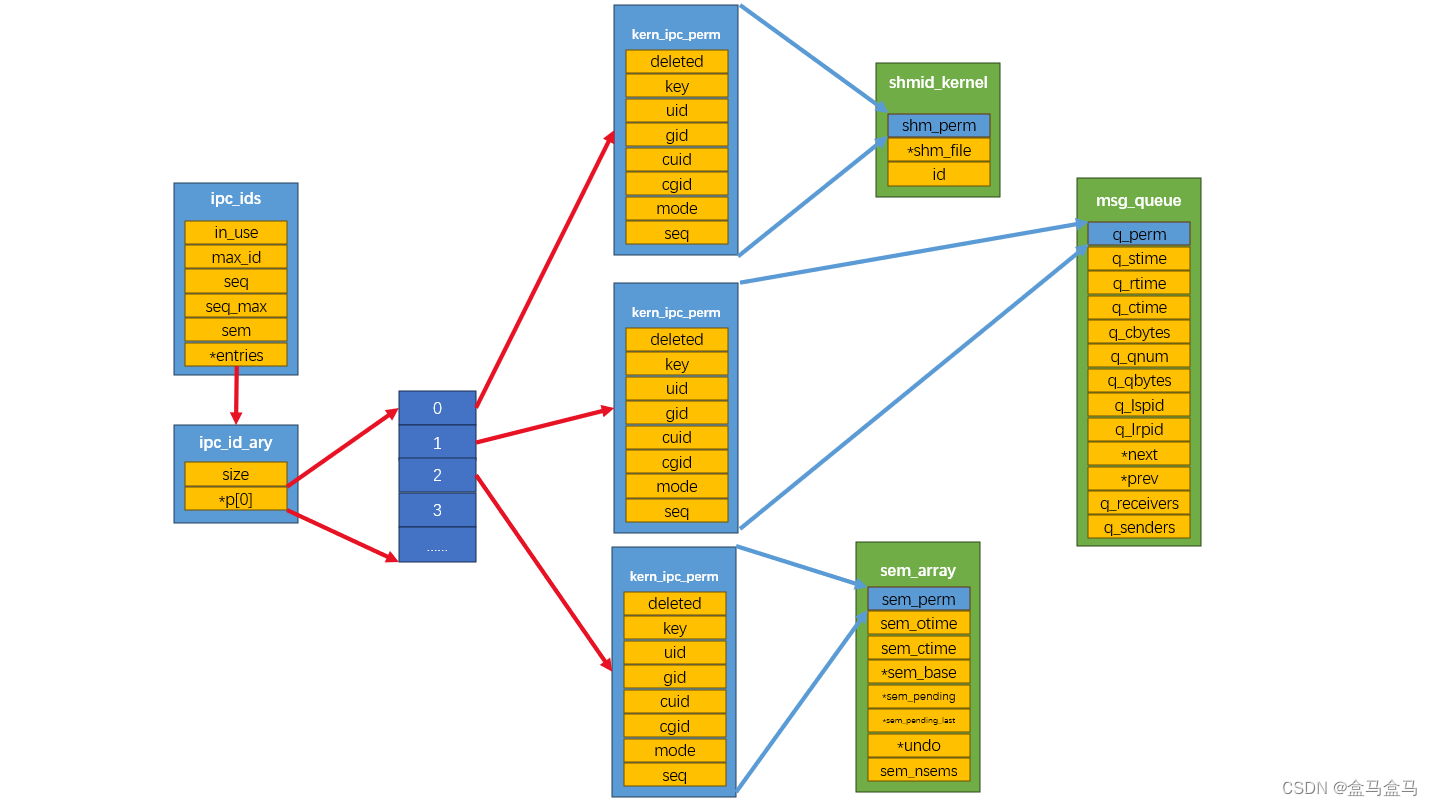
![[RK3588-Android12] 关于ES8388 喇叭+PDM回采 4+2配置](https://img-blog.csdnimg.cn/direct/5cac2ca0b24c4c57a43ff5565bef2188.png)

